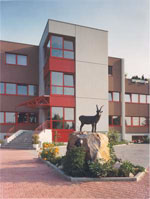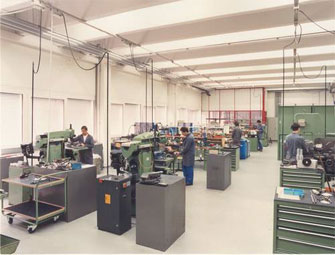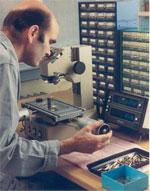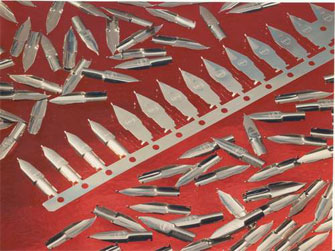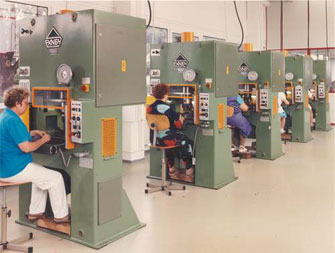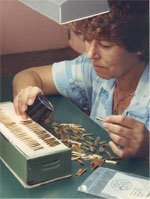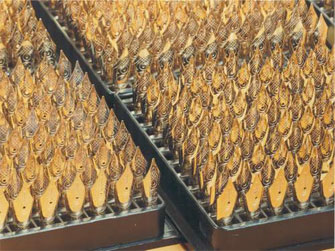I just purchased a pen for a friend....a Conklin Herringbone through Goulet pen. Most of the bad reviews I read about the Conklin pens all revolve around the nib but Goulet is offering it with a Bock nib.
I know I should have asked before ordering but does anyone here have experience with them? Seems the online reviews are mostly great. Should I expect for this upgrade to make the Conklin a fine pen for my friend?
I know I should have asked before ordering but does anyone here have experience with them? Seems the online reviews are mostly great. Should I expect for this upgrade to make the Conklin a fine pen for my friend?

